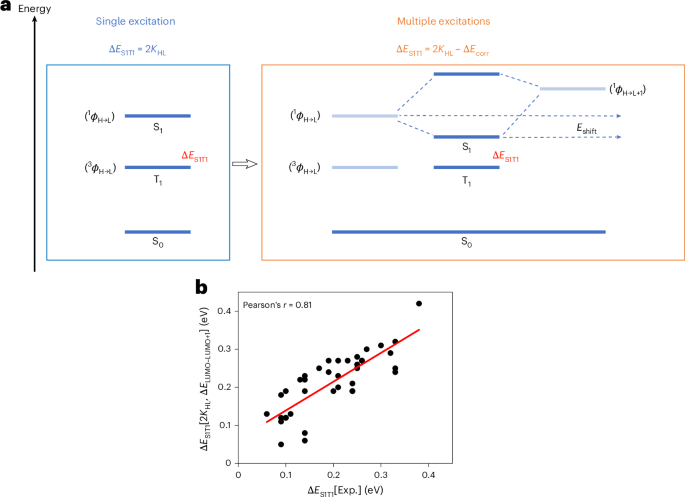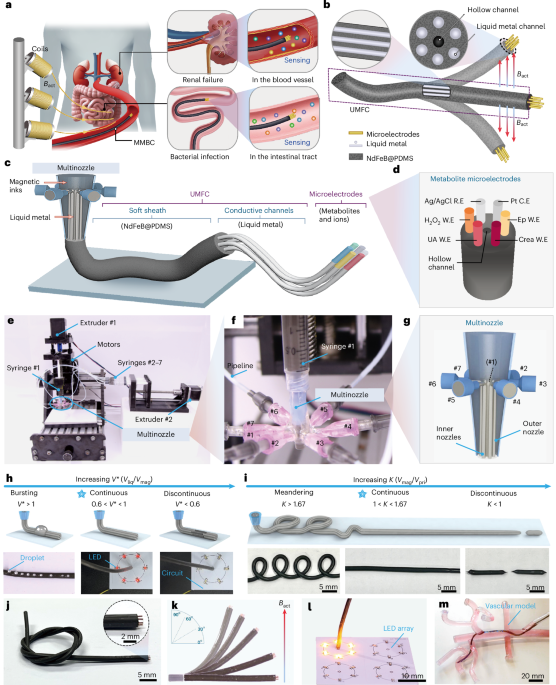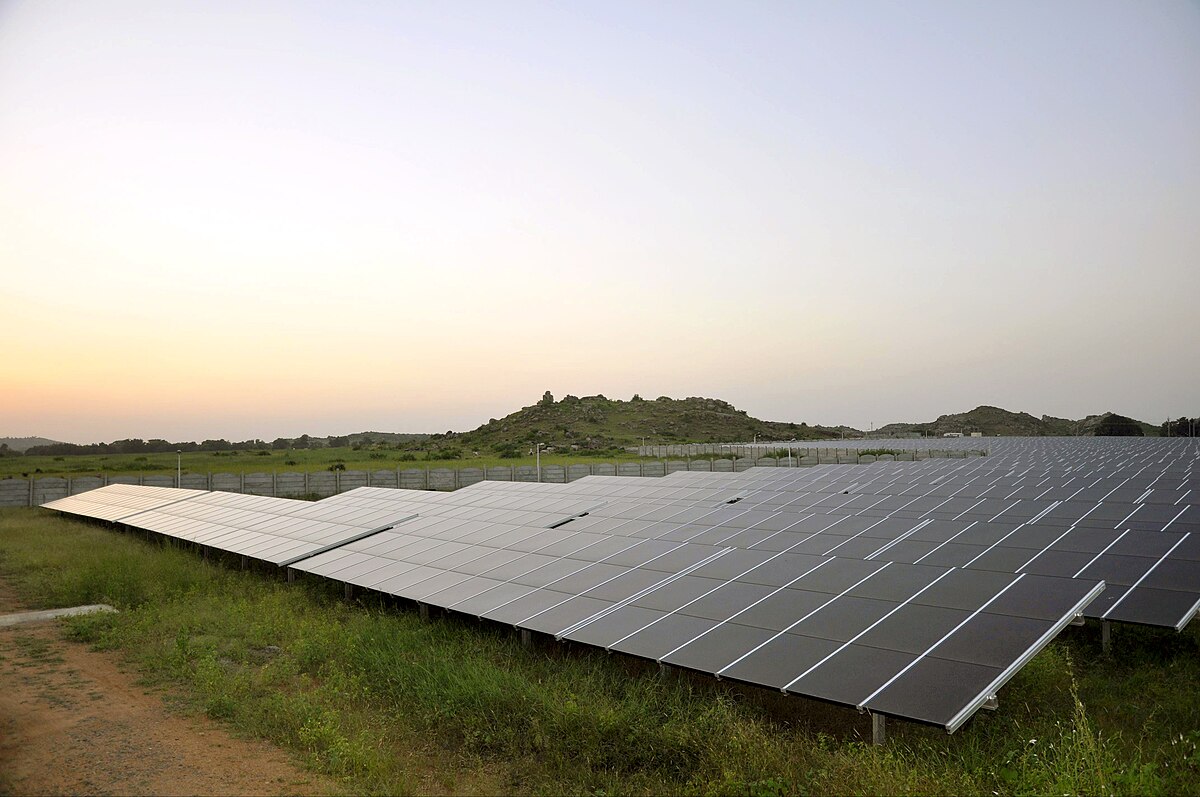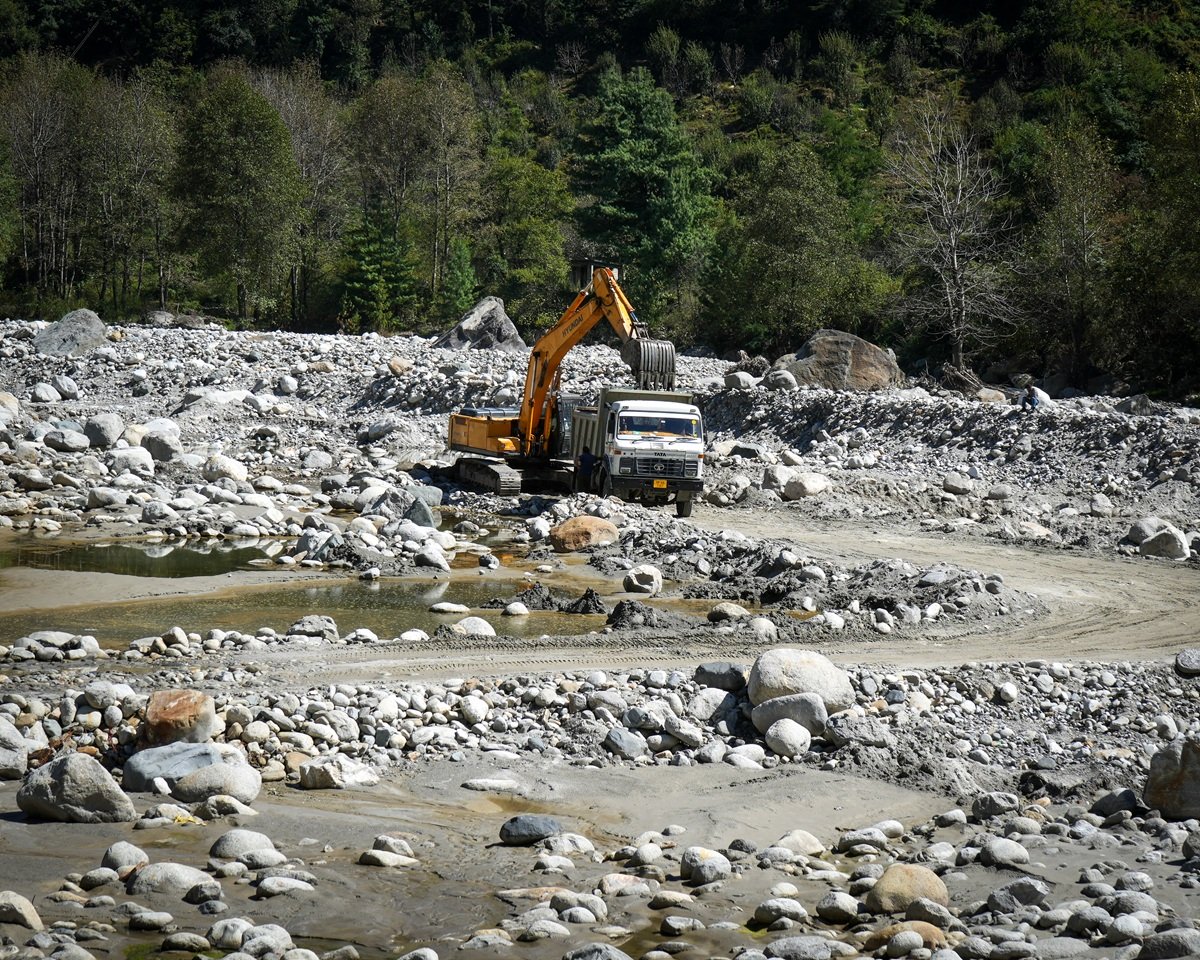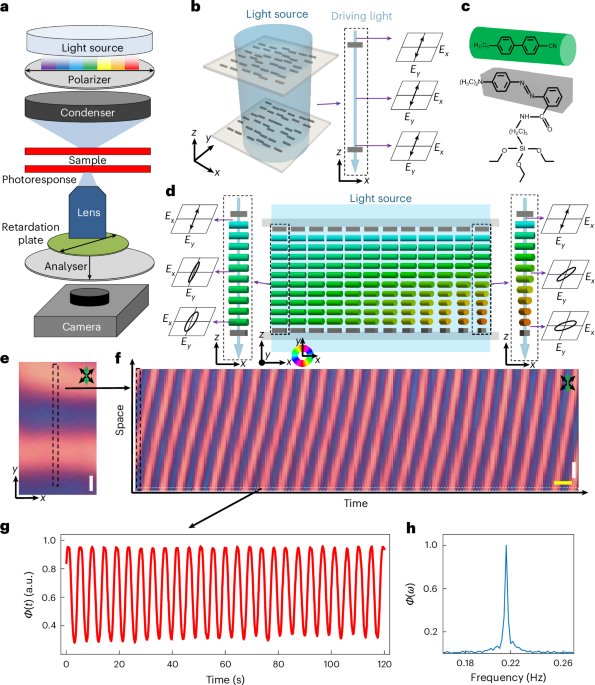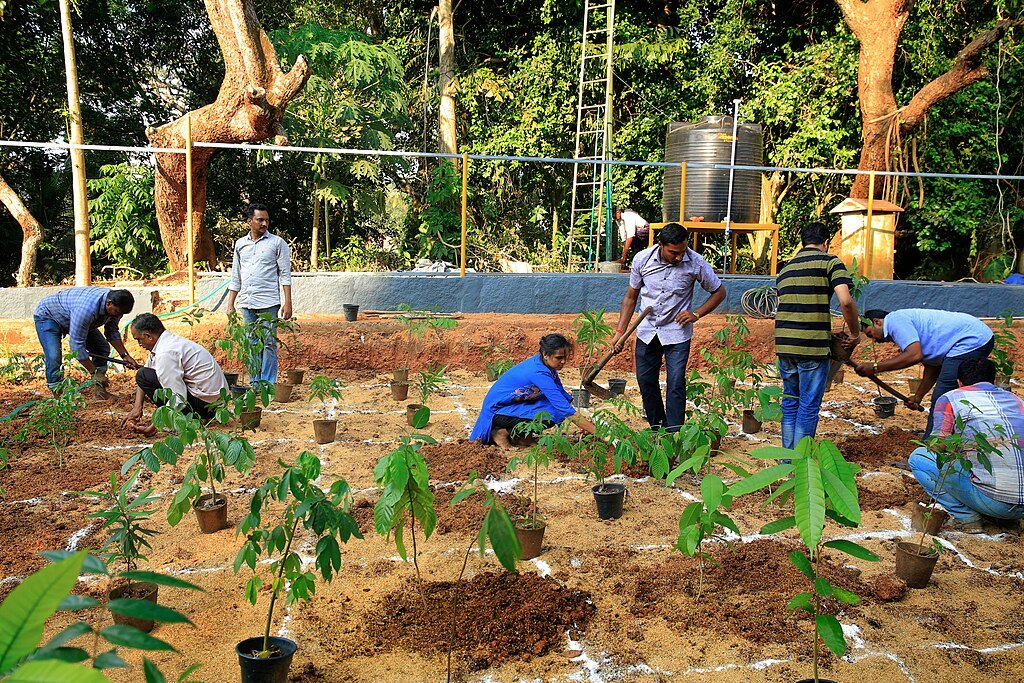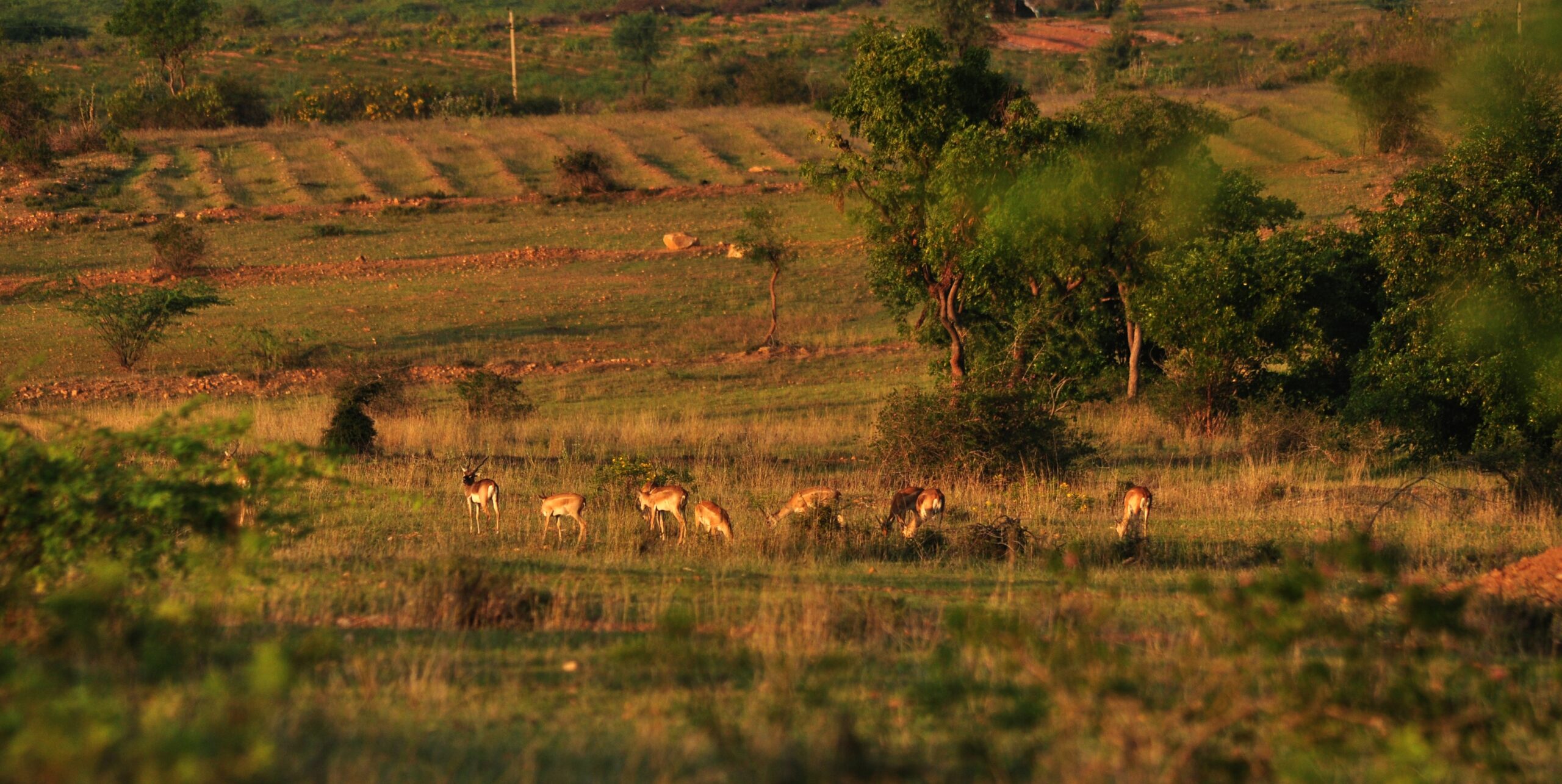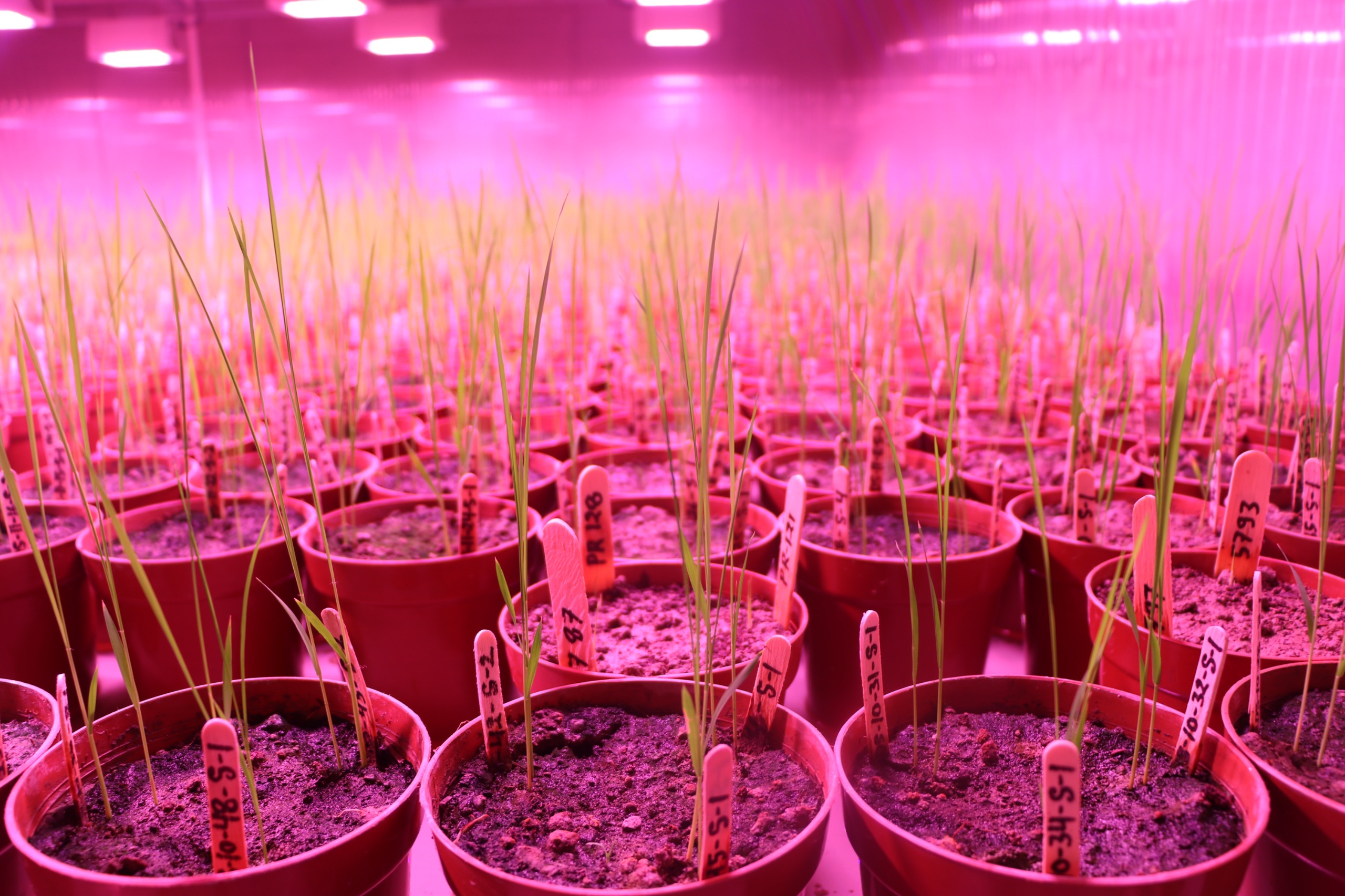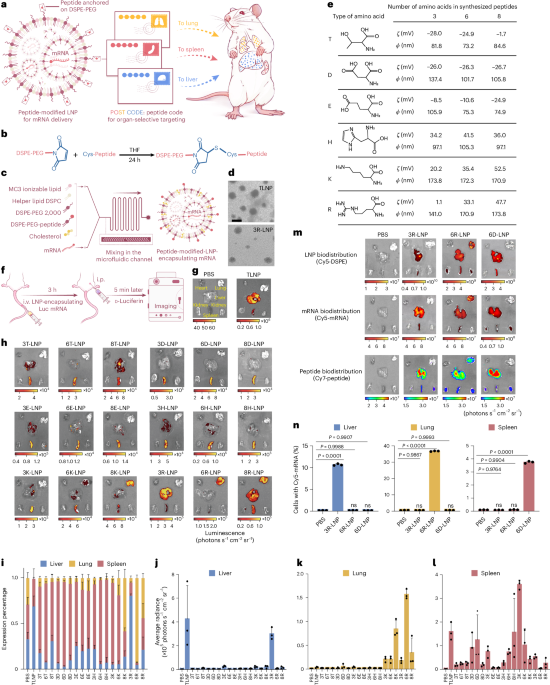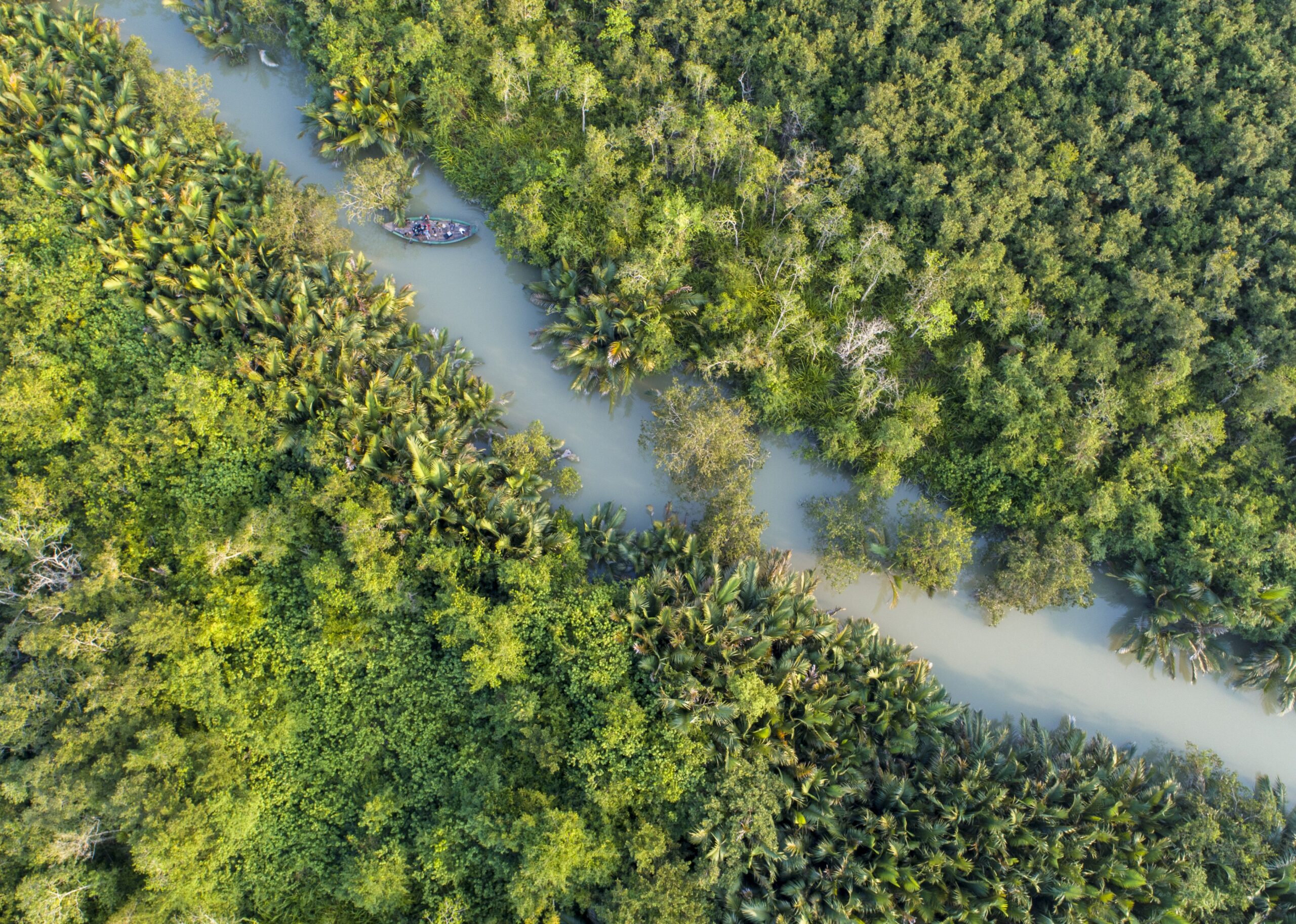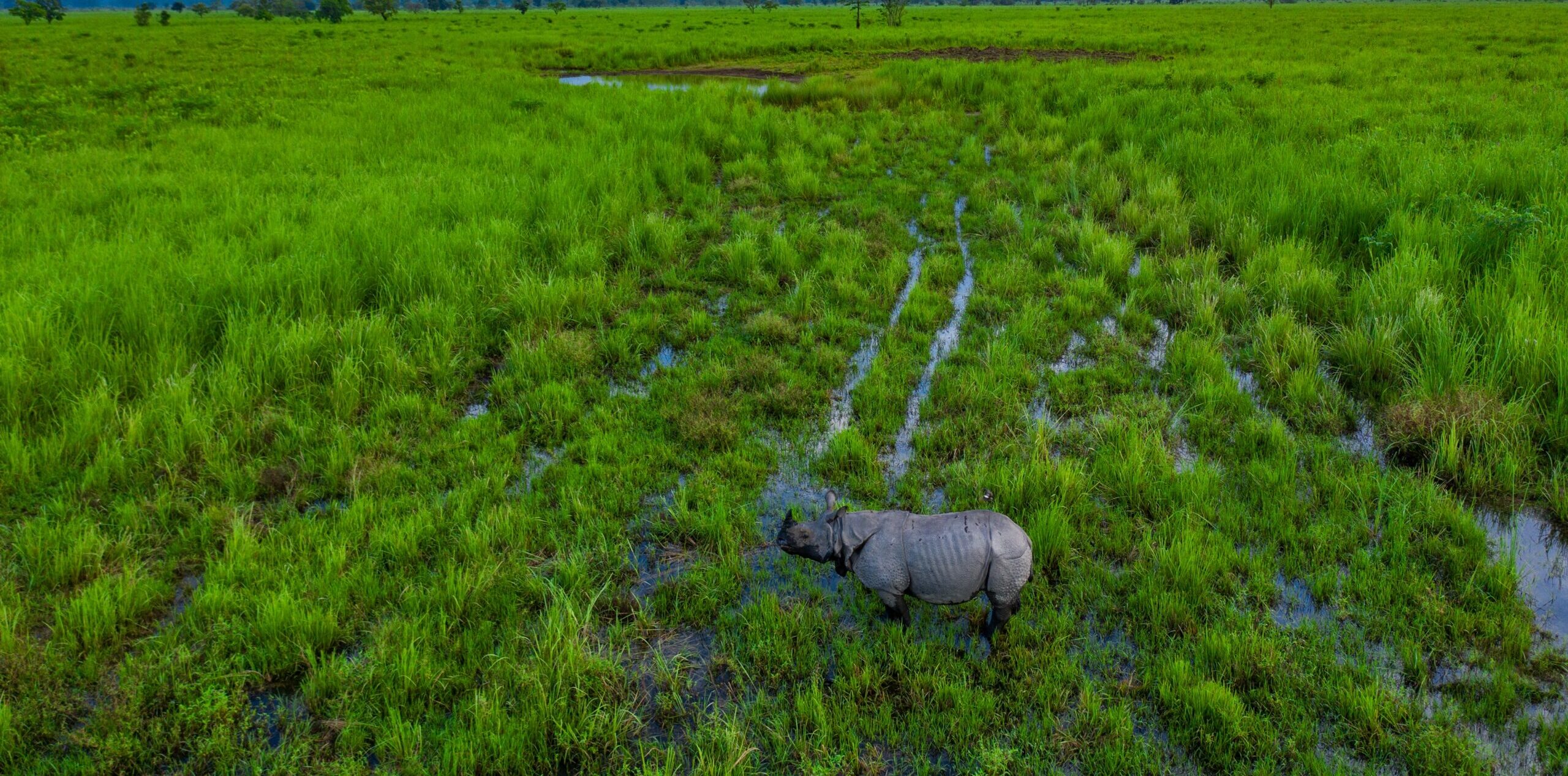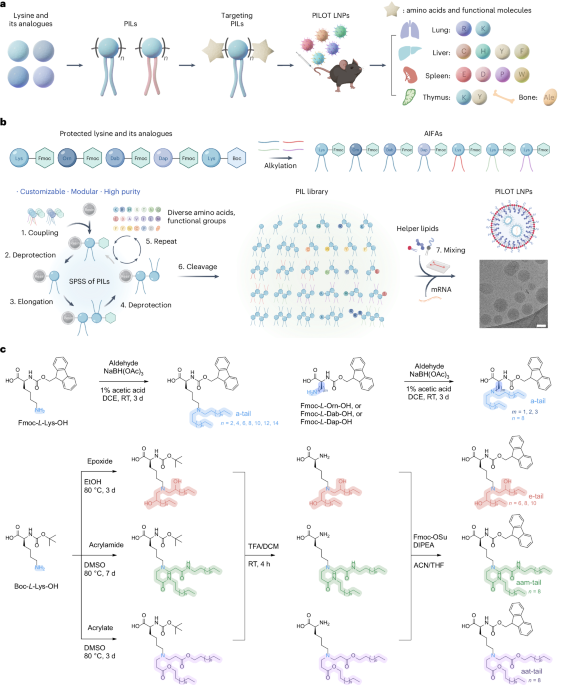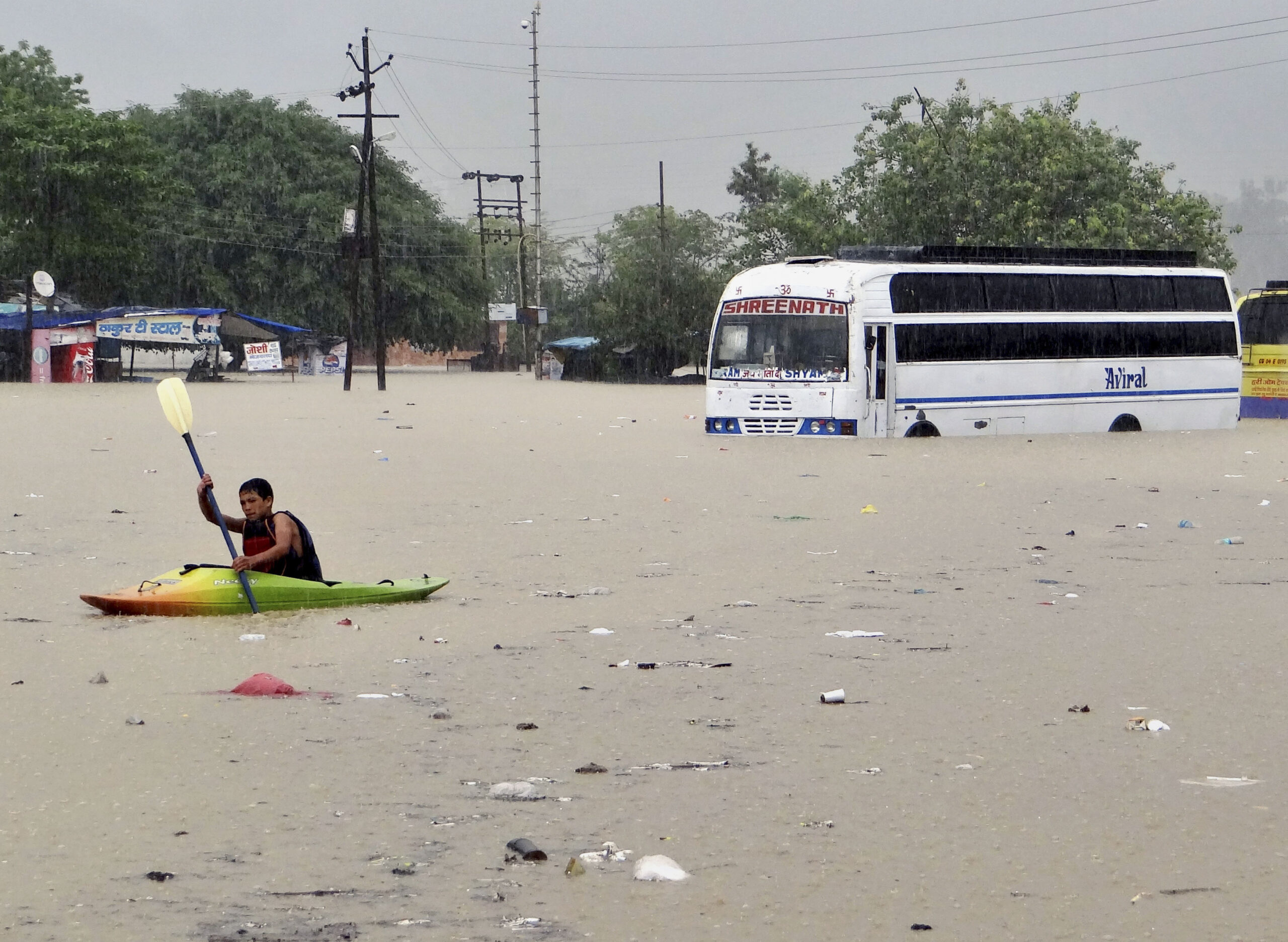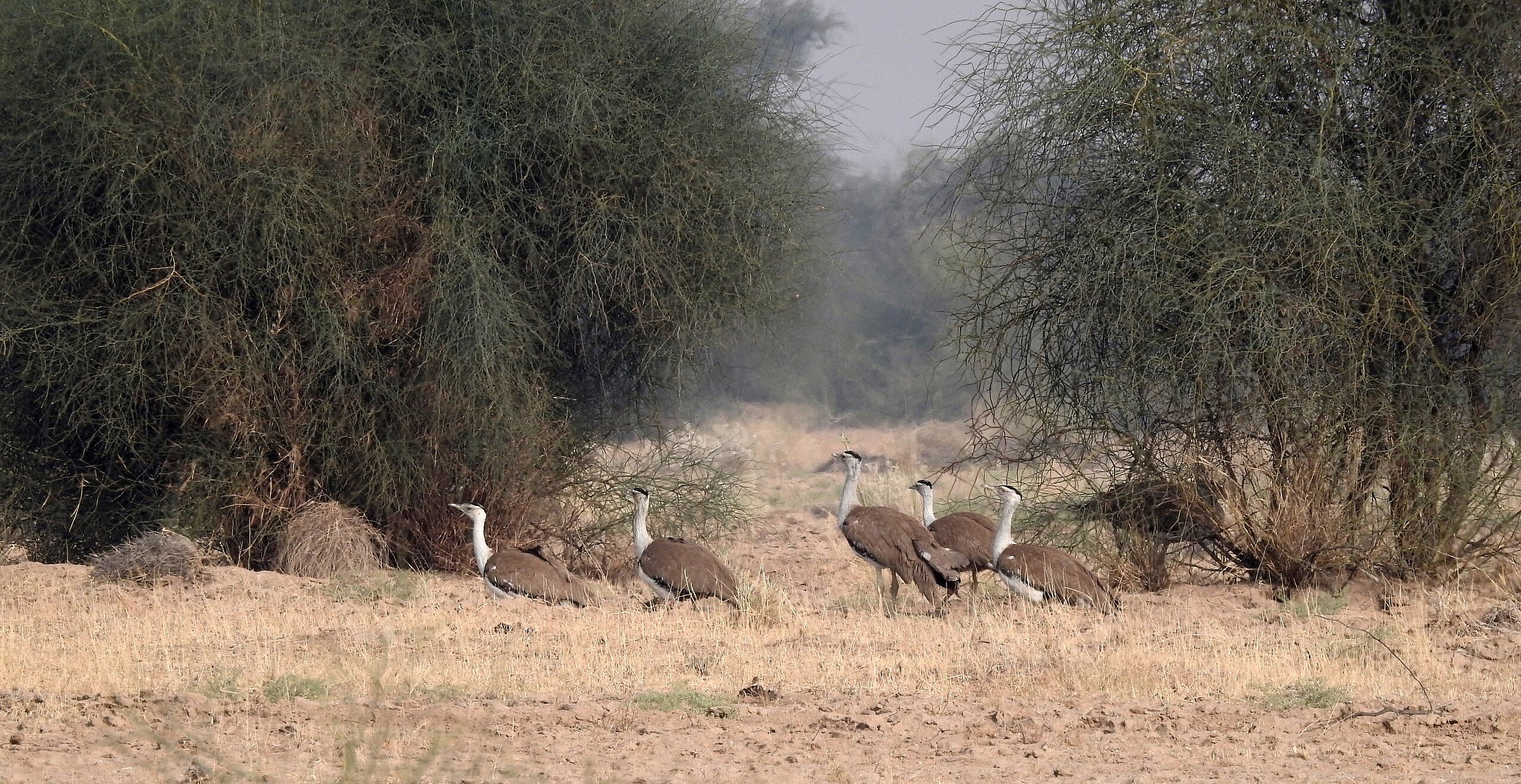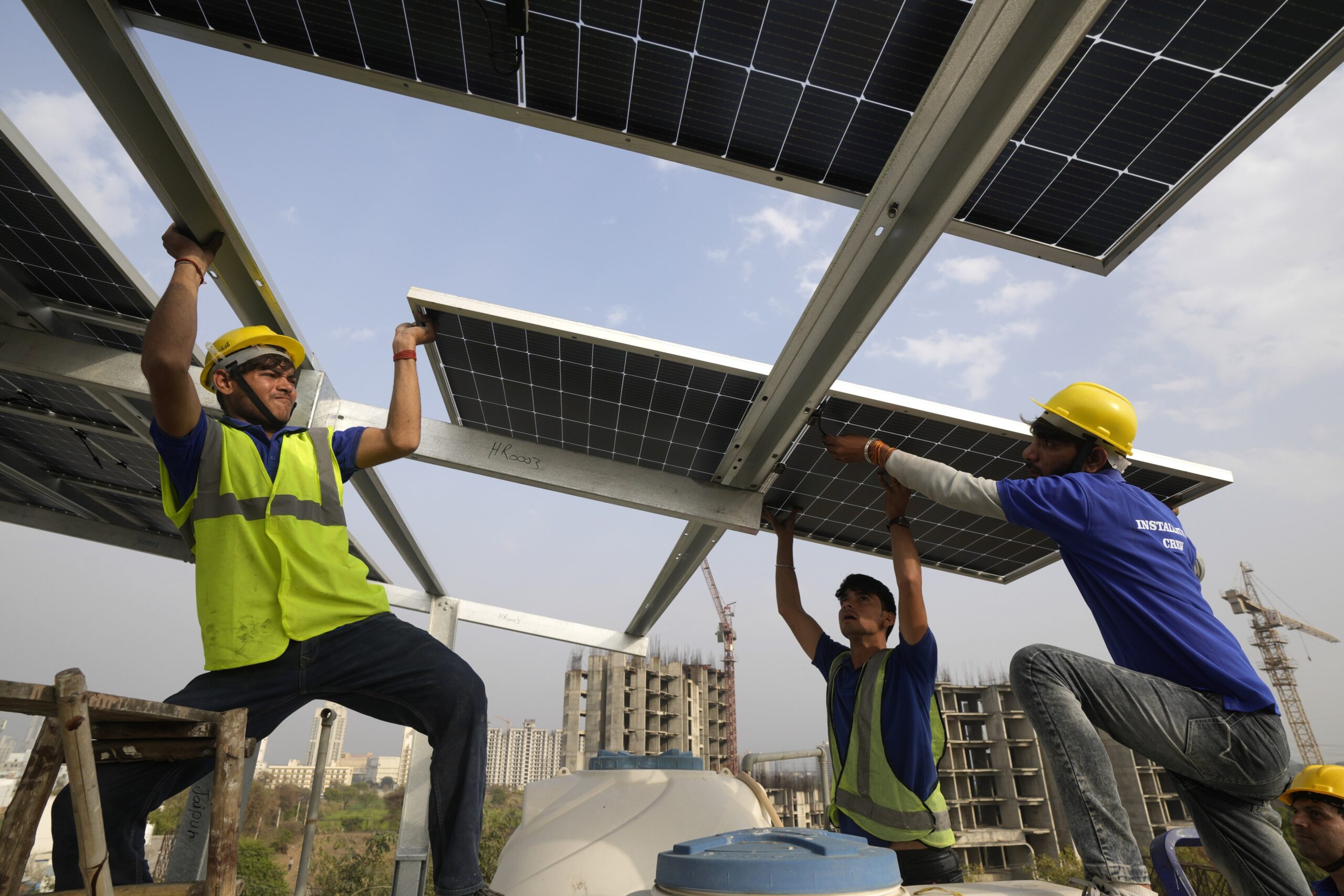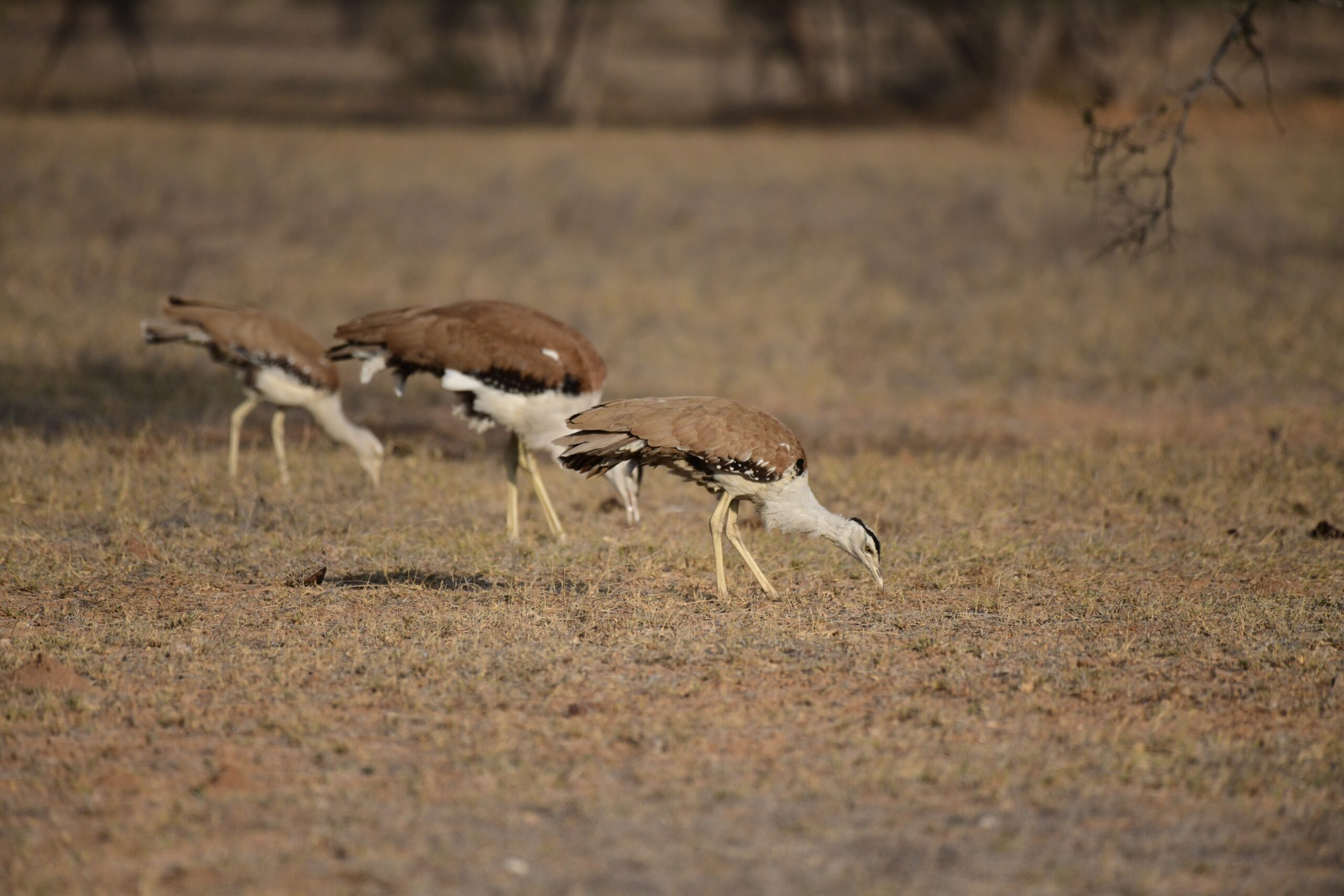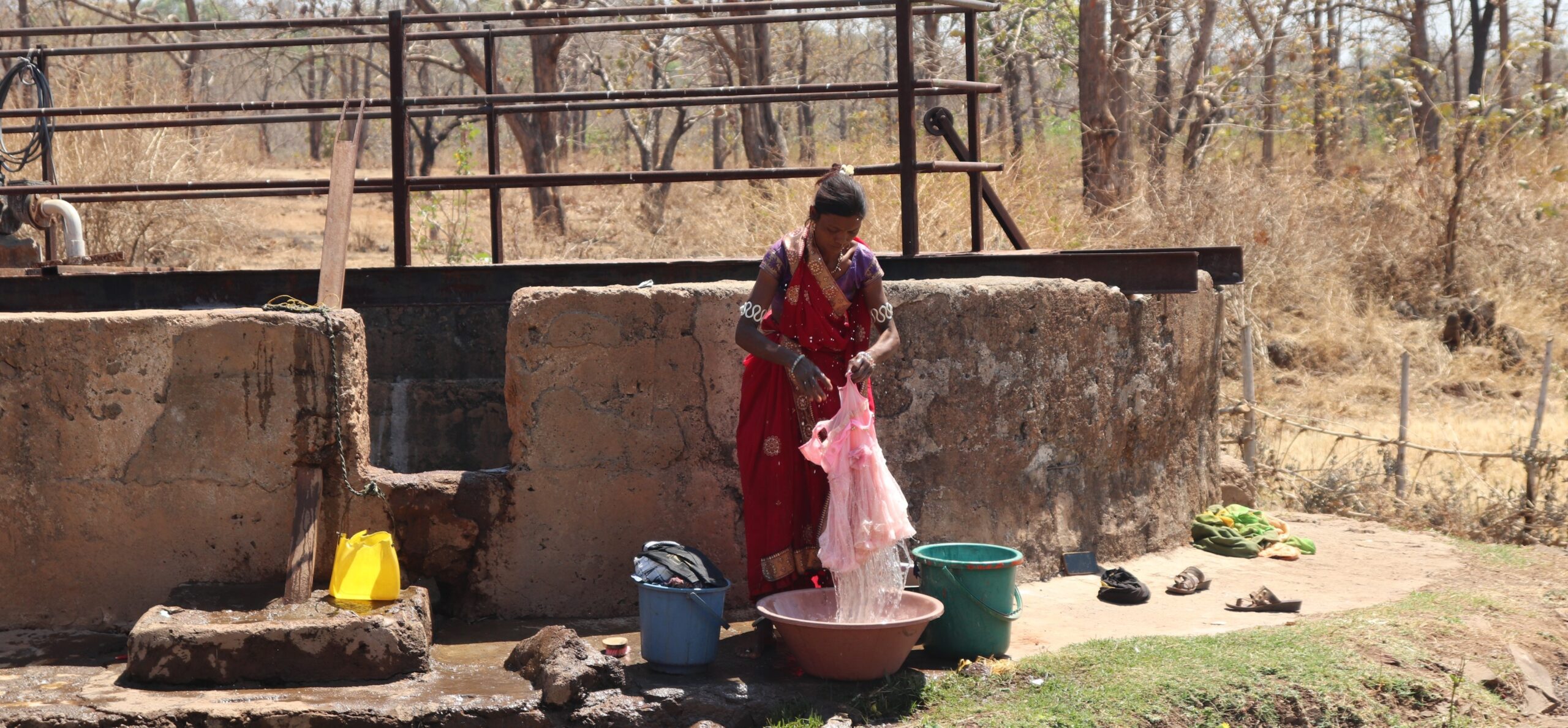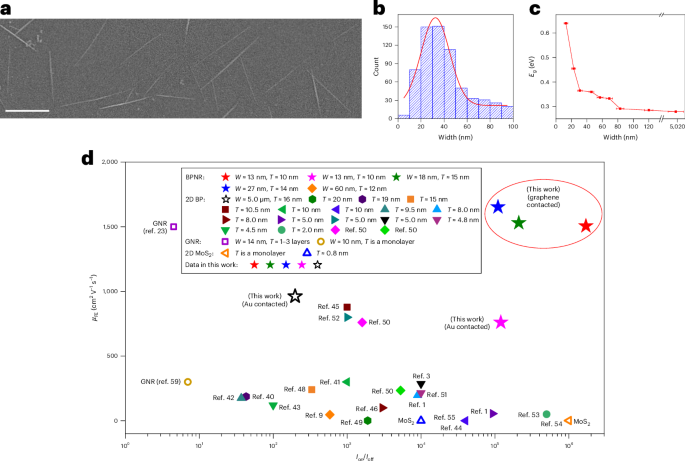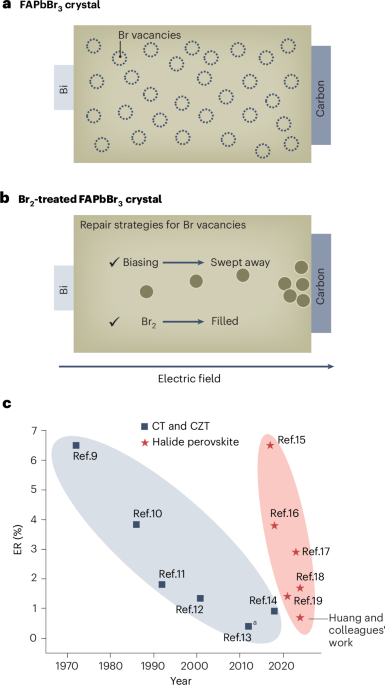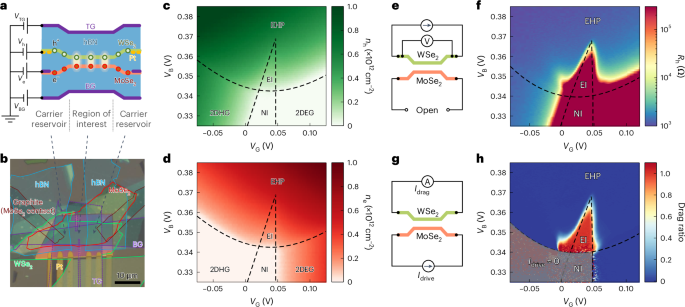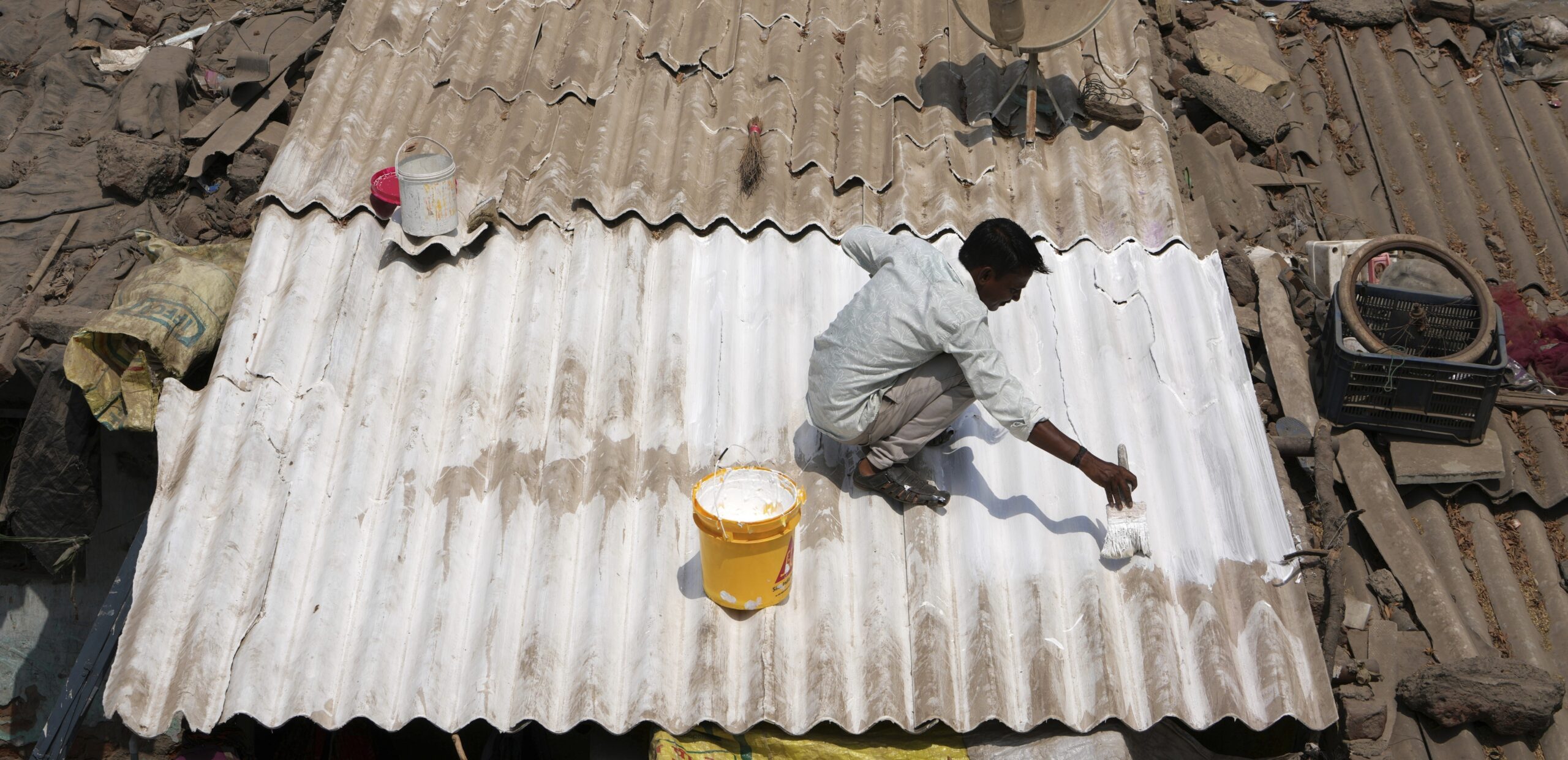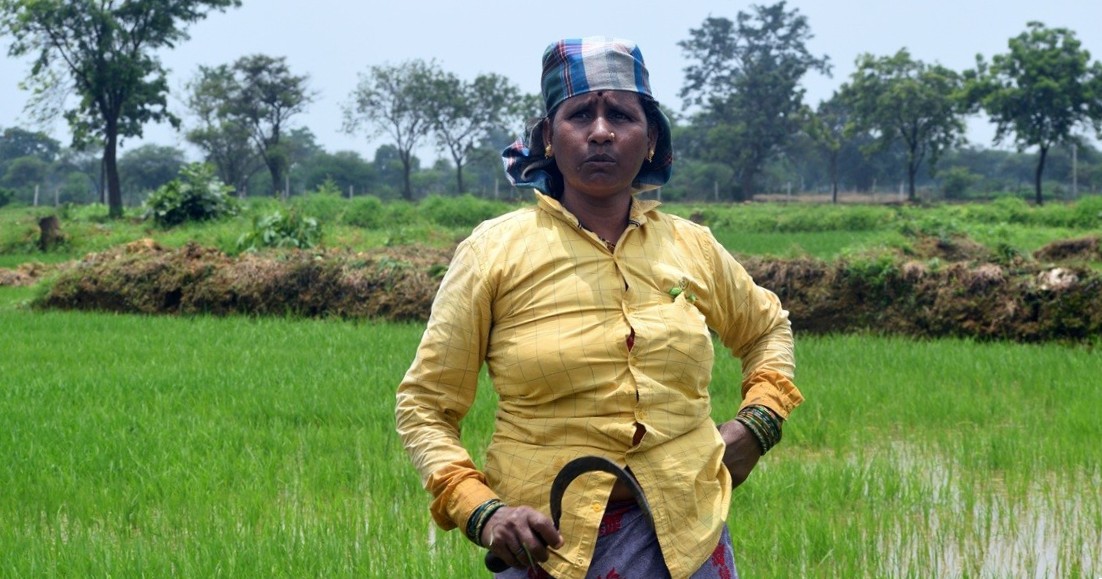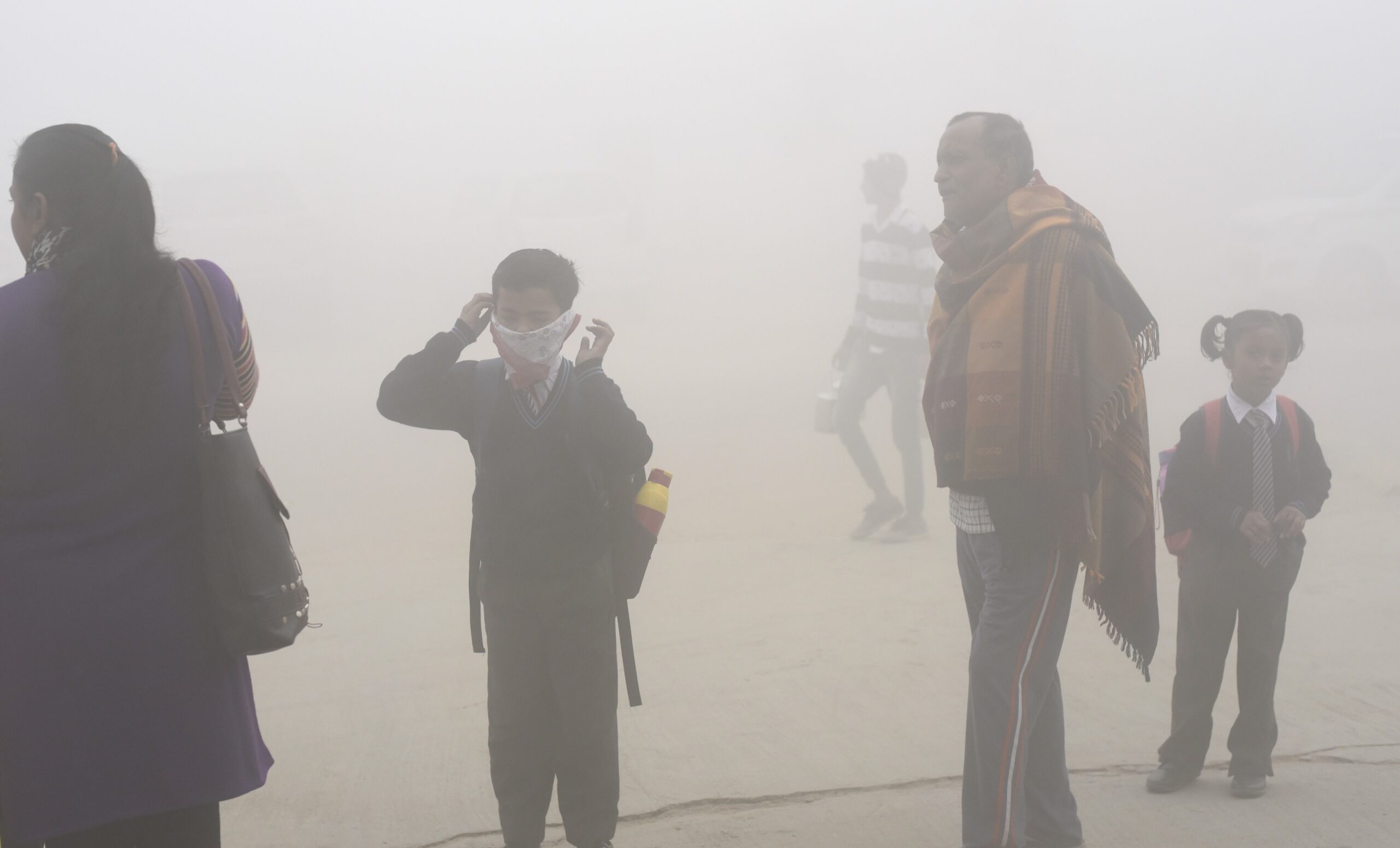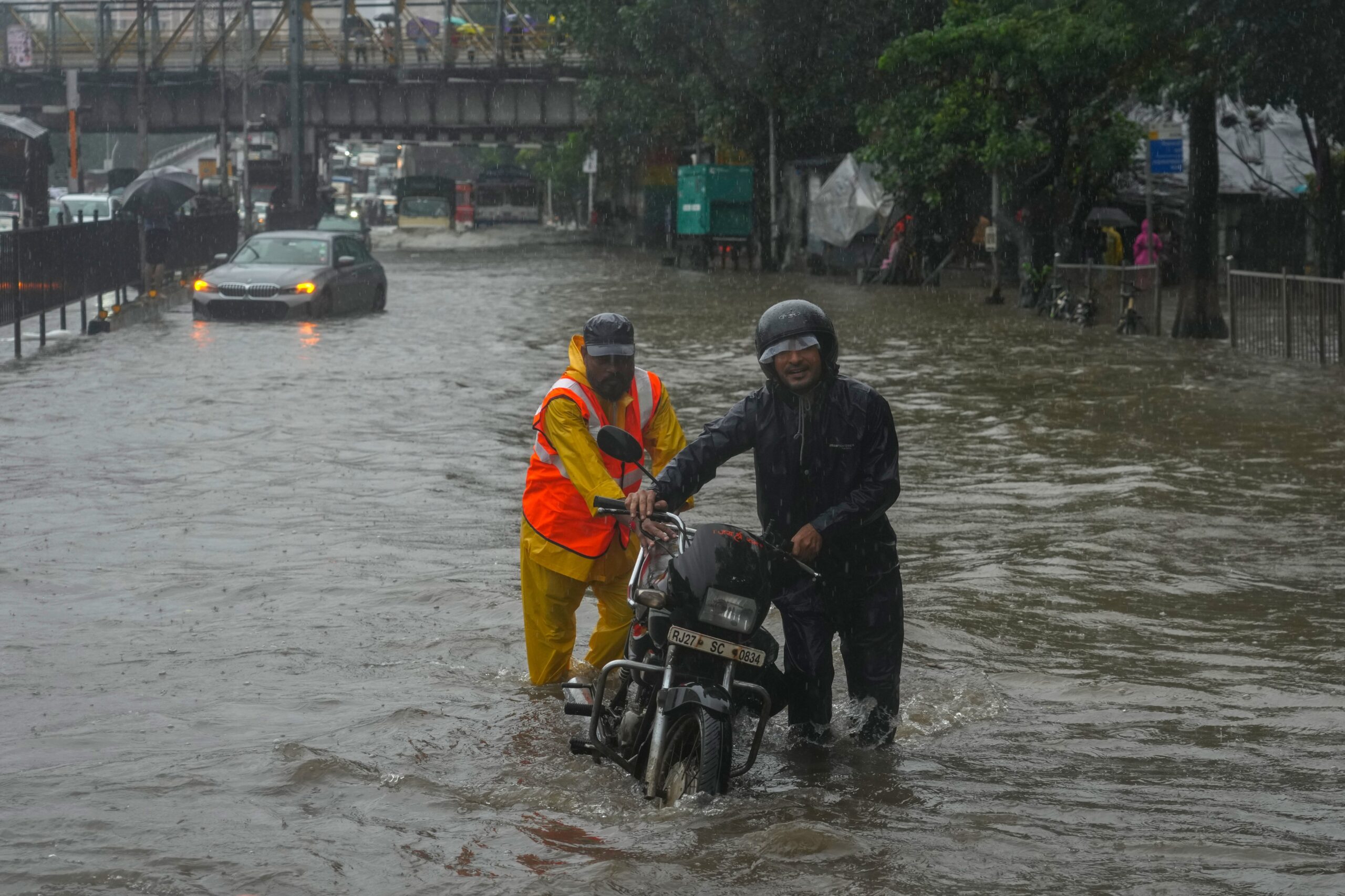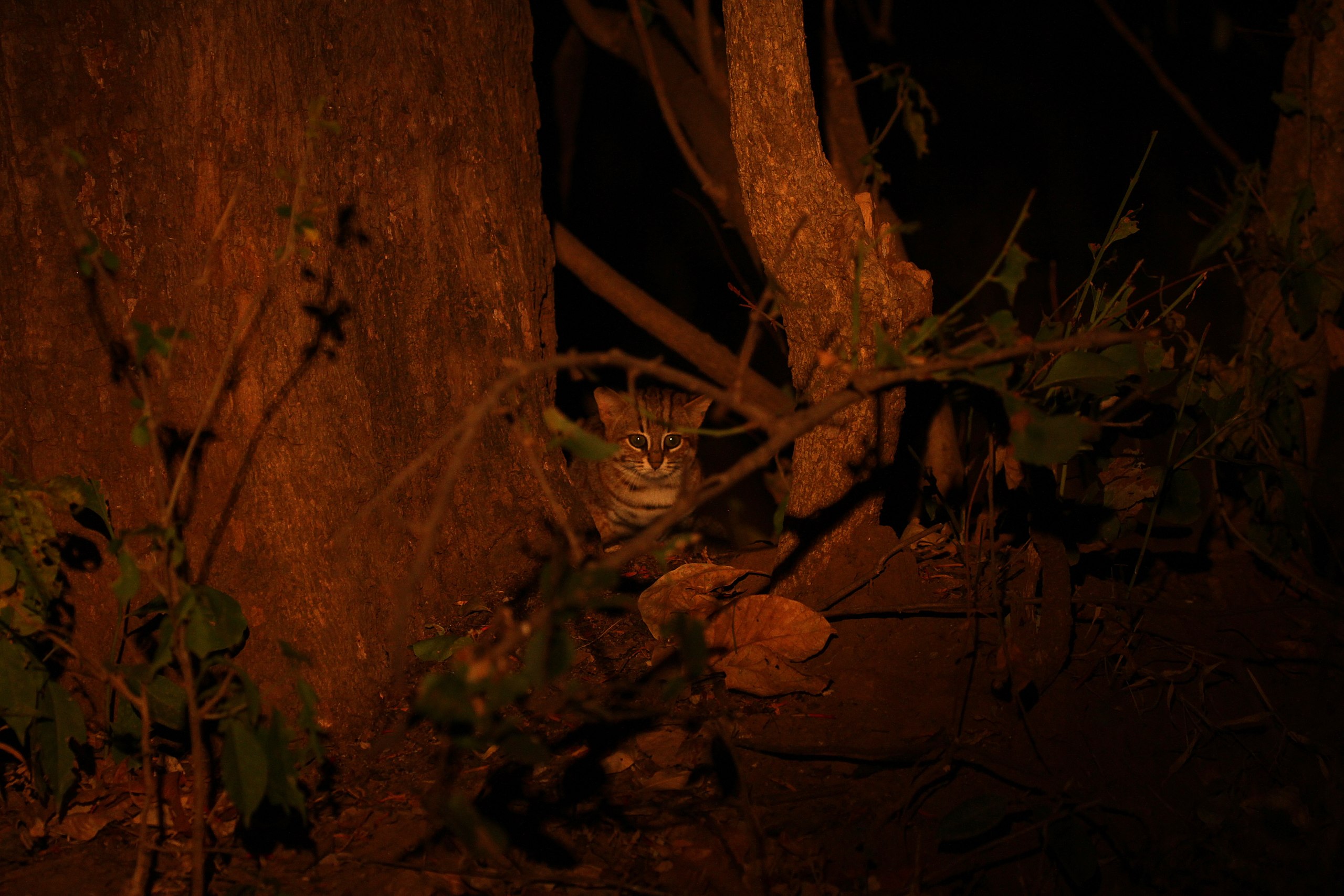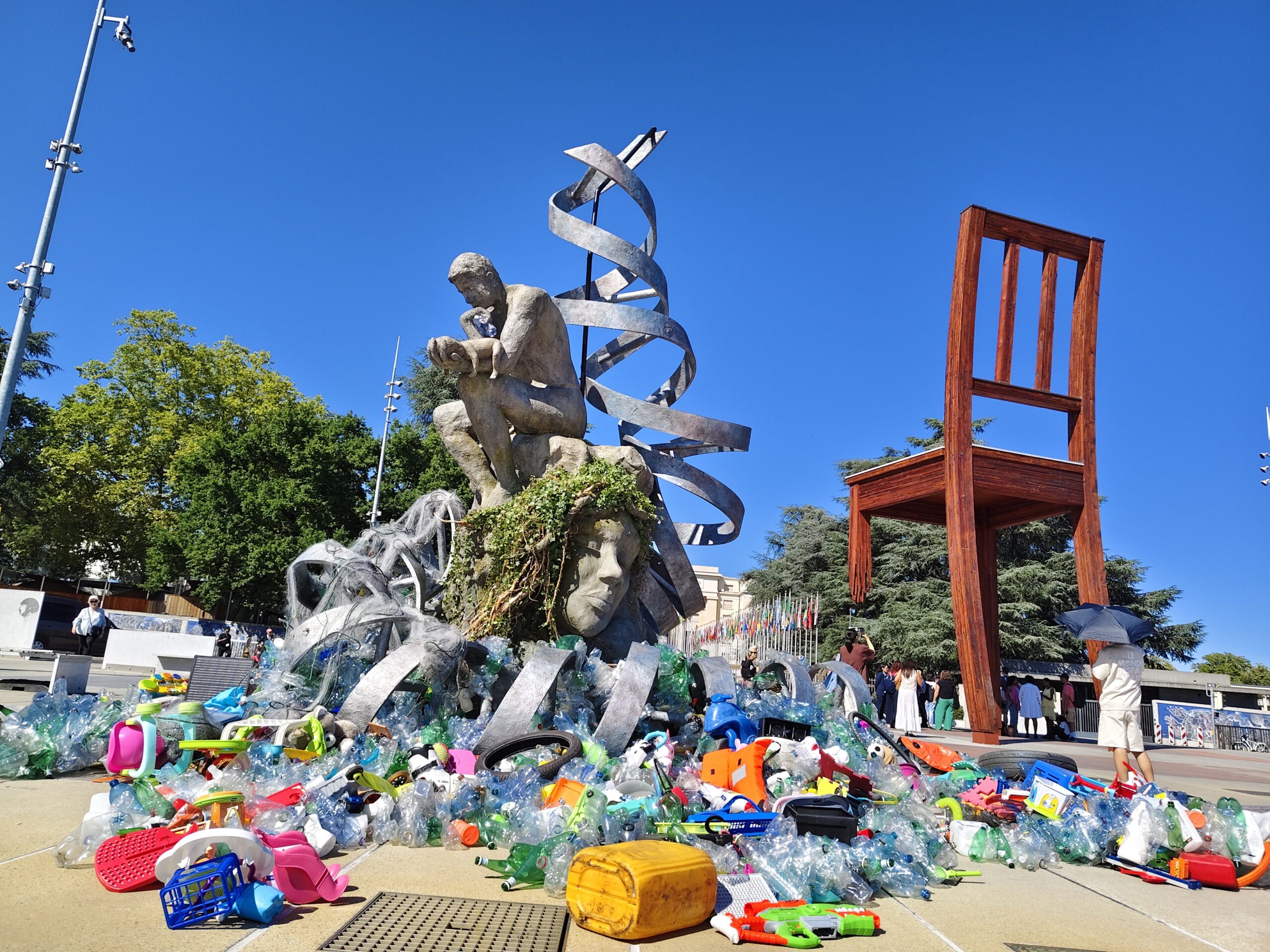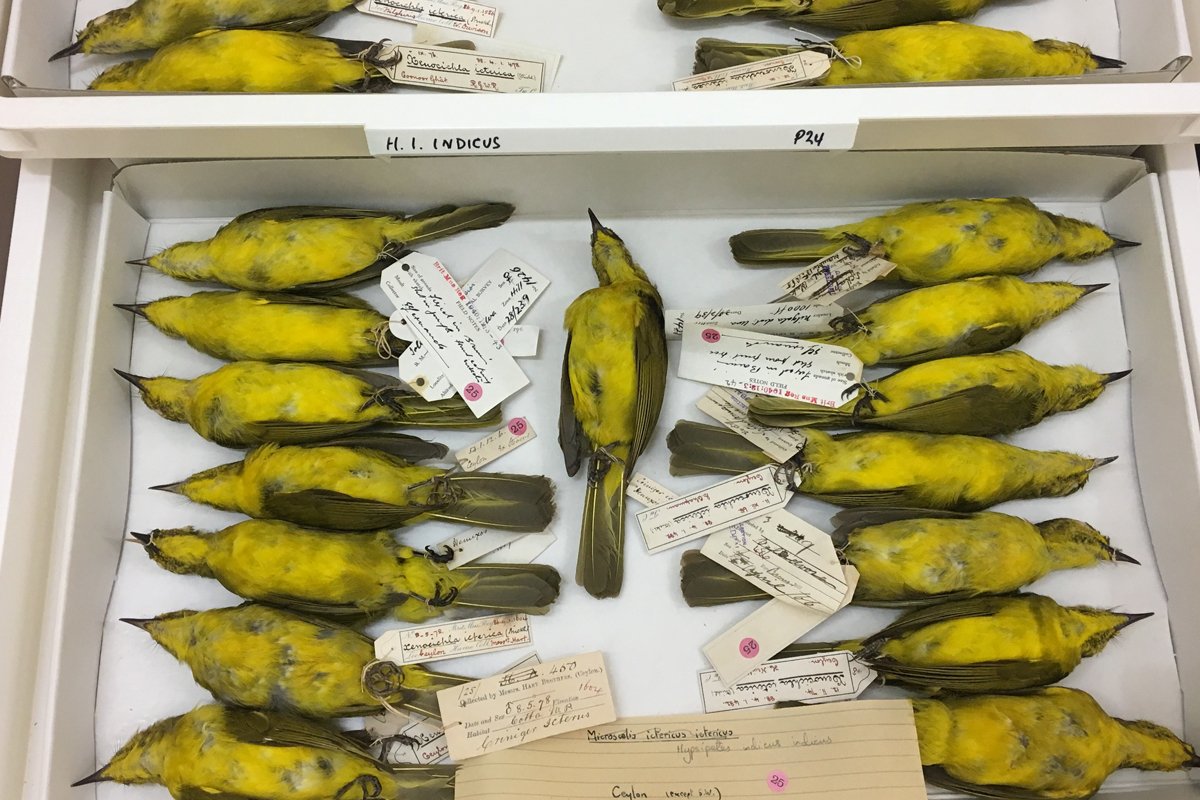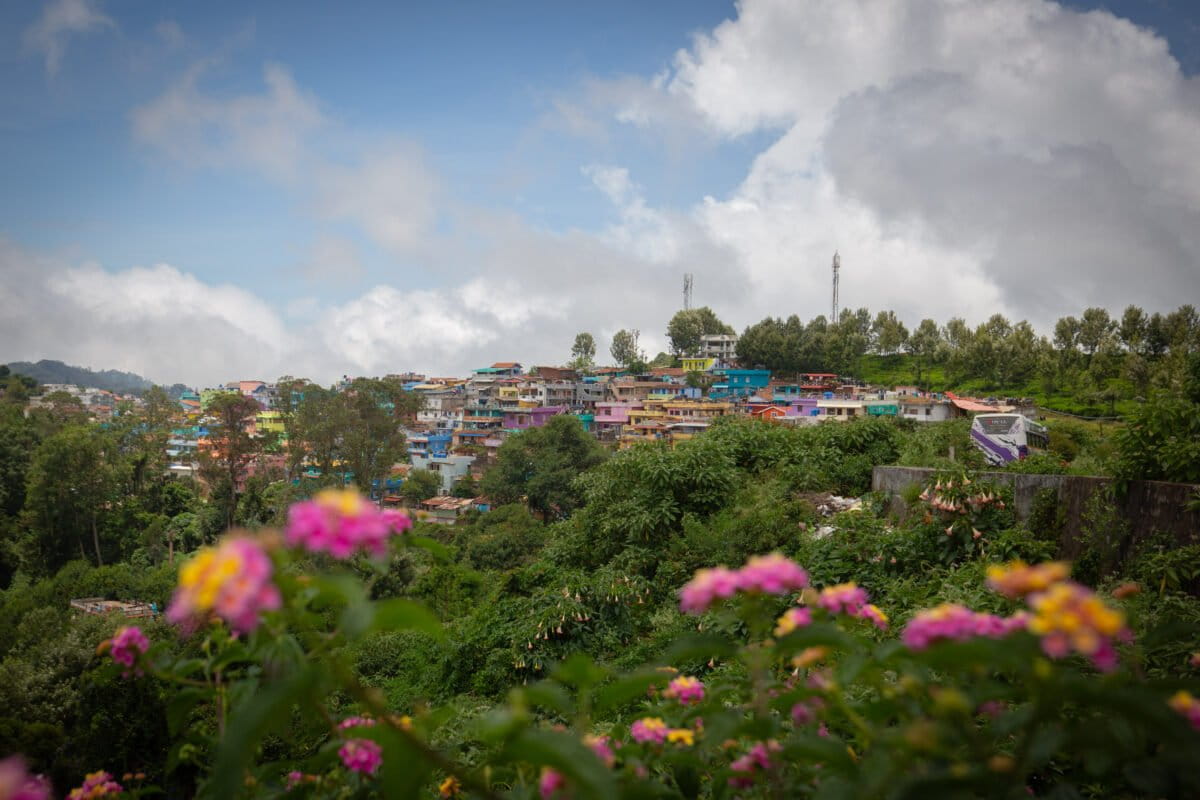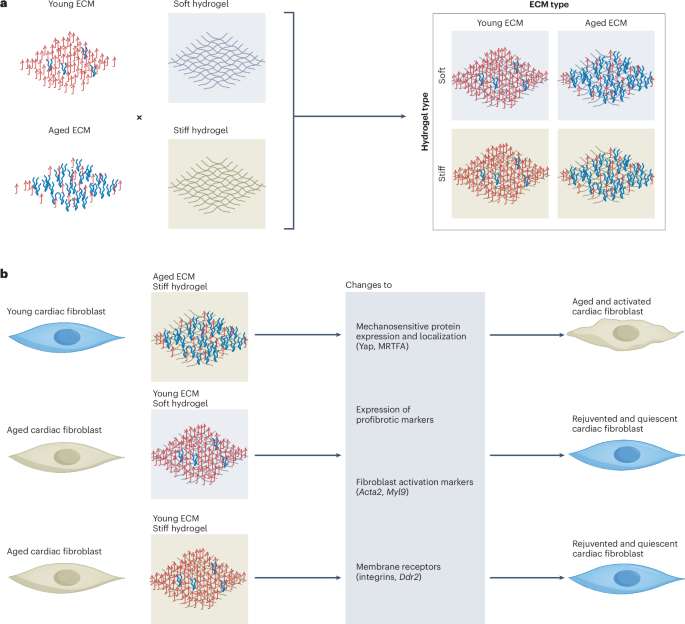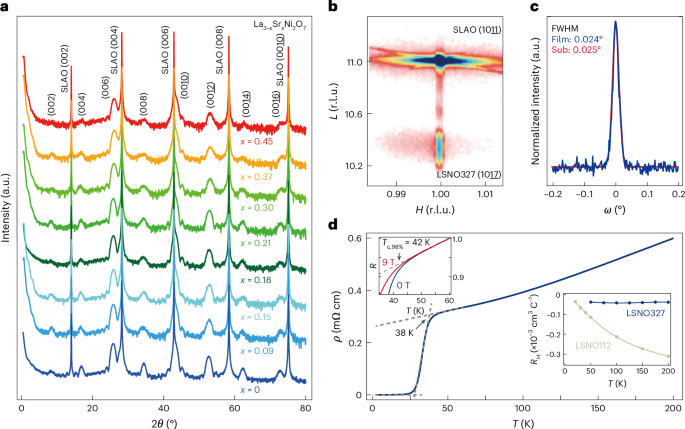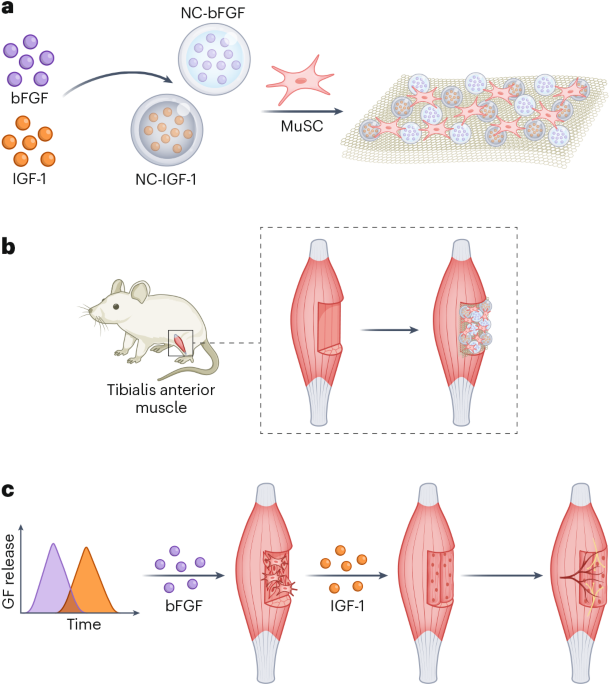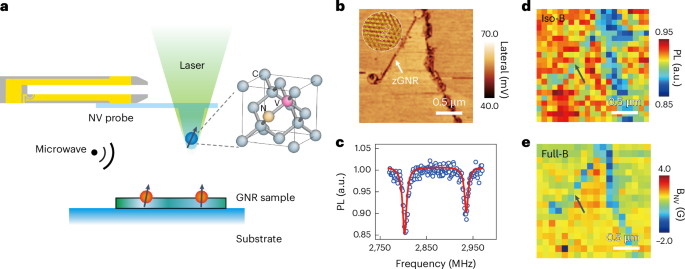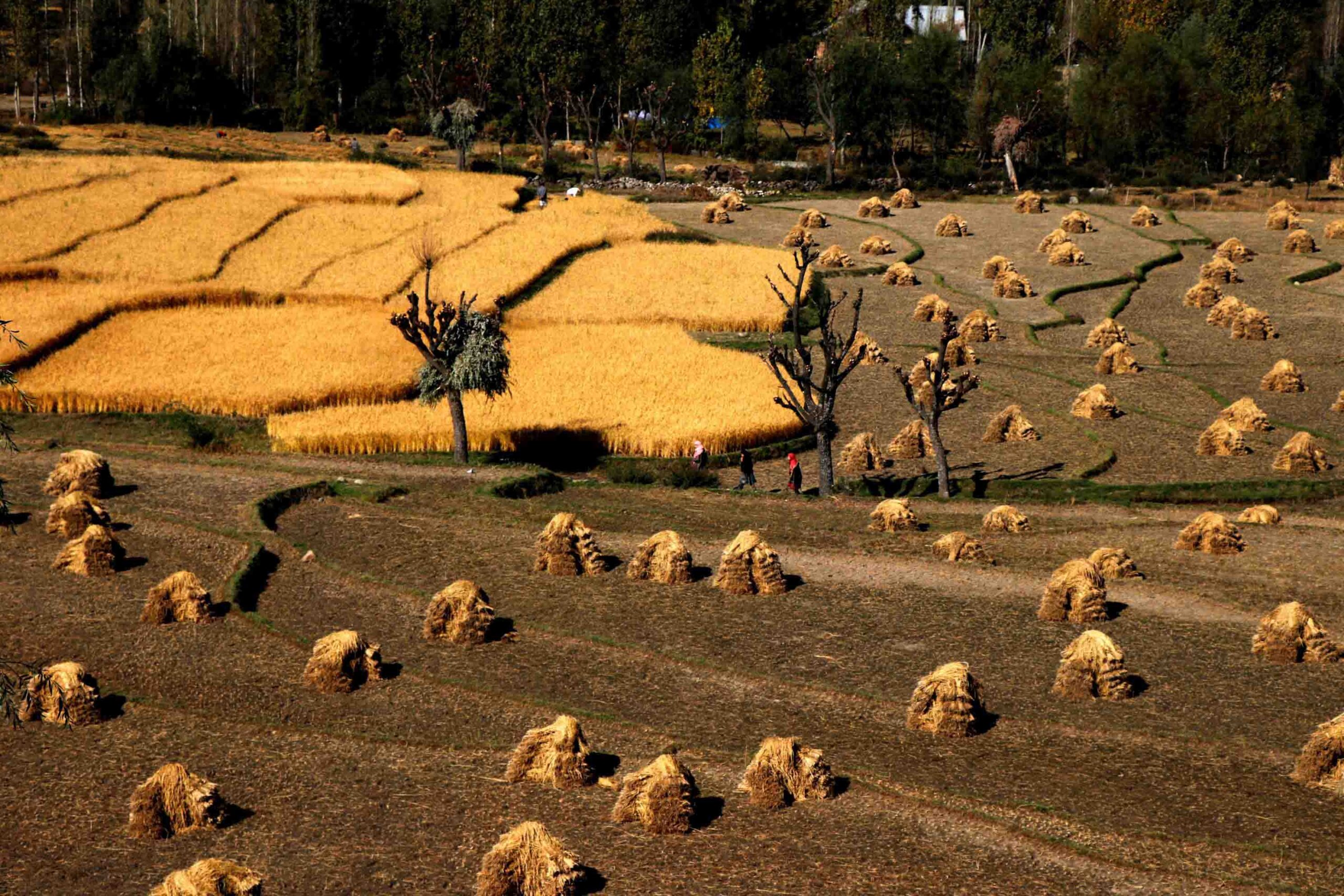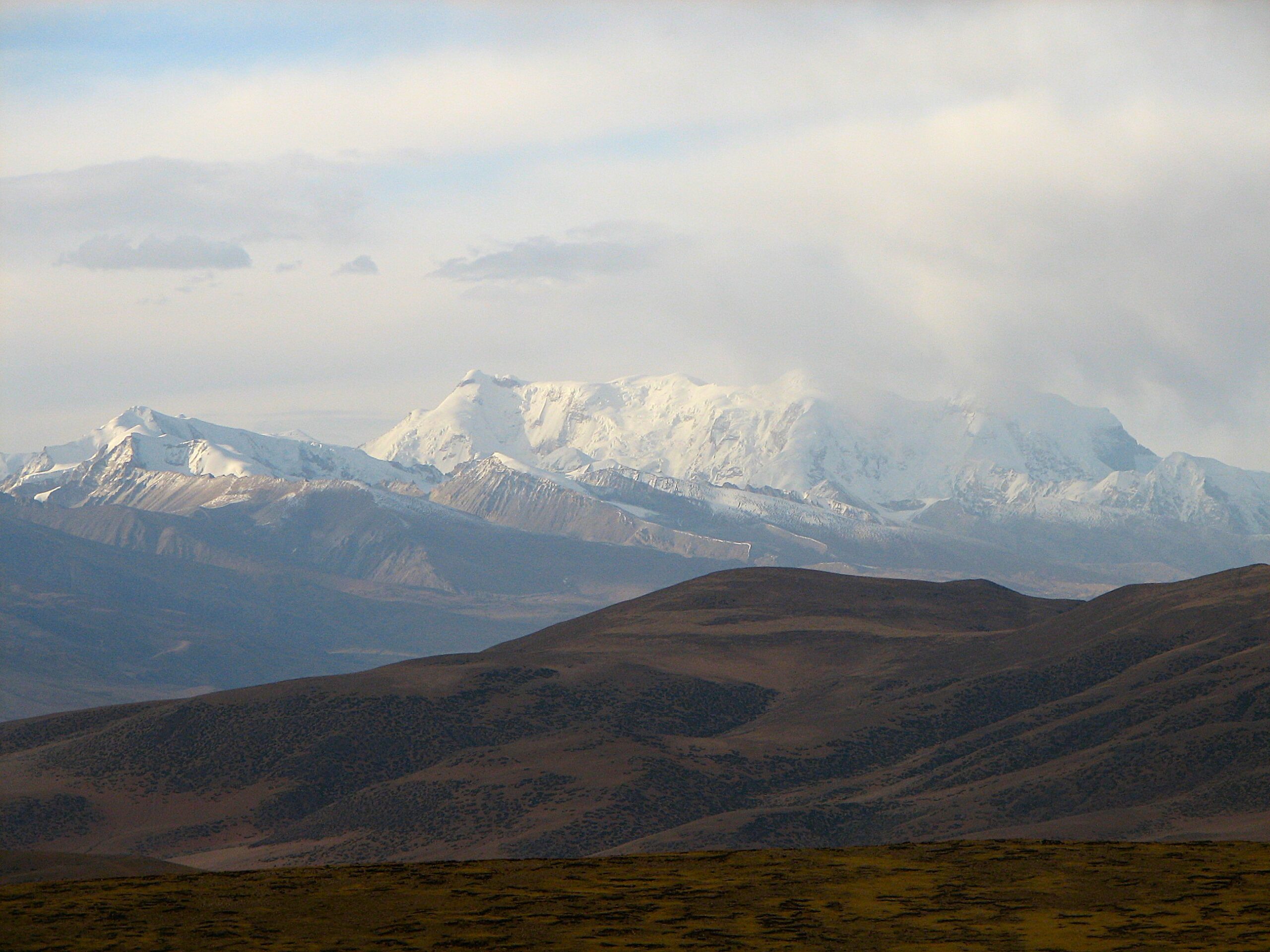
- While India has incorporated environmental learning formally in the educational system, progress in integrating climate education into the mainstream syllabus has been slow.
- Academicians and climate educators who realised an absence of learning material on climate pedagogy are coming together and collaborating with policymakers to develop a sustainable roadmap for environmental literacy, while also upskilling teachers.
- The educators are simplifying the jargon-laden climate science into simple language and interesting lesson formats.
Every summer, climate educator Nikhil Sharma’s classroom in an Ahmedabad school would be empty. “It was the unbearable heat that kept the children out of classrooms,” recalls Sharma who taught science and social science at the school as a Teach For India fellow in 2018. He particularly remembered one girl, Zainab, who hadn’t shown up for days. Concerned, he visited her cramped tenement in a temporary settlement. He saw her entire body and face covered in heat rashes. “She had fallen ill because of the heat wave. Her image somehow stayed with me,” he recounted.
Years later, heat still keeps children like Zainab out of the classroom. Climate impacts, particularly extreme weather events in 2024 disrupted the schooling of 250 million children in 85 countries. Ironically, it is this education in school that plays an important role in preparing children to face the future of a warming world.
Stressing the significance of climate education to prepare the vulnerable children and future generation better, UNICEF’s Executive Director Catherine Russell, points out in a UNICEF analysis, “Education is one of the services most frequently disrupted due to climate hazards. Yet it is often overlooked in policy discussions, despite its role in preparing children for climate adaptation.”
Even as climate change interrupts learning, there is a gap in how it is taught. Integrating climate education into a school curriculum can be a powerful tool to help students understand the complexities of climate change and identify tools to tackle them.
This gap has opened up opportunities for climate educators and civil organisations to reimagine climate education and deliver it as experiential activities for the students.
Climate change or global warming is not a children’s concept; sometimes, even adults find it difficult to understand, points out Sharma, who is now the founder of Ahmedabad-based ElemenTree Education Foundation. Having witnessed how heat waves affected children and their attendance in school, he rethought his approach to teaching about the environment and worked on ways to talk about climate in a language the children could relate to.
“We realised our methodology had to be local and in vernacular languages. Big words like sequestration or mitigation don’t mean much in government or local schools. But when we connect climate to their reality — talking about the Sabarmati river instead of polar bears, or local heat waves instead of distant floods — it sparks rich conversations. The kids engage deeply because it feels real to them,” says Sharma.
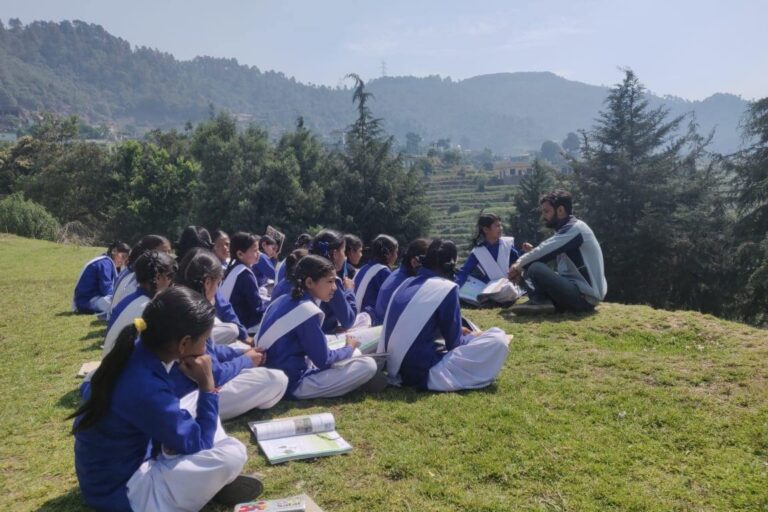
The state of climate education
A 2022 report analysed the revised and updated the Nationally Determined Contributions (NDC) of 166 countries, concluding that a majority of countries were not strengthening the climate education system as part of their national climate strategy. The lack of action is primarily a result of the limited climate financing options in education.
India is one of the few countries in the world that has incorporated environmental learning formally in the educational system after the Supreme Court directive in 1991. The subject was formally introduced into primary education by the NCERT in the 2005 National Curriculum Framework. Additionally, India’s National Action Plan on Climate Change (2008) overlooks education as a key focus, while the National Education Policy (NEP) 2020, though supportive of environmental learning, falls short in tackling climate risks facing the education system.
The NEP 2020 emphasises learning through experiential activities, developing community engagement, and examining climate change from multiple perspectives, including waste management, biodiversity, pollution, and others. However, training teachers and building their capacity to facilitate the incorporation of the topic into their pedagogy, has not been prioritised, say experts in the field.
As a result, the progress in integrating environmental education into the mainstream has been sluggish, despite having developed a robust ‘Eco Schools’ programme at the primary level, which is centred around the adoption of sustainable practices and training teachers. The outreach of the programme claims to have transformed over 250 schools in India across 18 states and trained around 12,500 teachers. However, the figures pale against 2024-25 Economic Survey data which notes that “India’s school education system serves 24.8 crore (2,480 lakhs) students across 14.72 lakh schools with 98 lakh teachers.”
While the US-based Climate Lit offers an open-source repository of climate resources and the UK’s Carbon Literacy Project provides accredited training and certifications to raise climate awareness among individuals and organisations, there remains significant scope for exploration, innovation, and leadership in India. And that is precisely what Indian educators, civil society groups, and climate activists are beginning to do — starting from scratch.
Read more: Can environment education save our planet?
Building a learning ecosystem with a regional focus
The Climate Educators’ Network (CEN) began when a team of academicians from Azim Premji University realised the absence of relevant teaching material on climate pedagogy. For classroom references, they had to refer to case studies from the U.S., China or Europe. That chasm invited the idea of starting an online resource library. During their research they came across TROP ICSU (Trans-disciplinary Research Oriented Pedagogy for Improving Climate Studies and Understanding) — an existing repository of elaborate lesson plans and teaching resources across disciplines from India and around the globe. TROP ICSU is now the educational and training partner of CEN. And along the way, they met Asar — a social impact advisory — that came on board as a strategic partner to work on climate action, justice and resilience.
“We have eco and green clubs in the schools, but there still is no conversation around developing a systems-focused understanding of climate change and what adaptation and resilience look like for children and young people,” Pallavi Phatak, Director, Climate and Education, Asar, told Mongabay India.
“Also, what we want to do is integrate climate education, rather than create a separate subject out of it. Climate needs to come into history, geography — into everything. We’re strong proponents of that approach,” she adds.
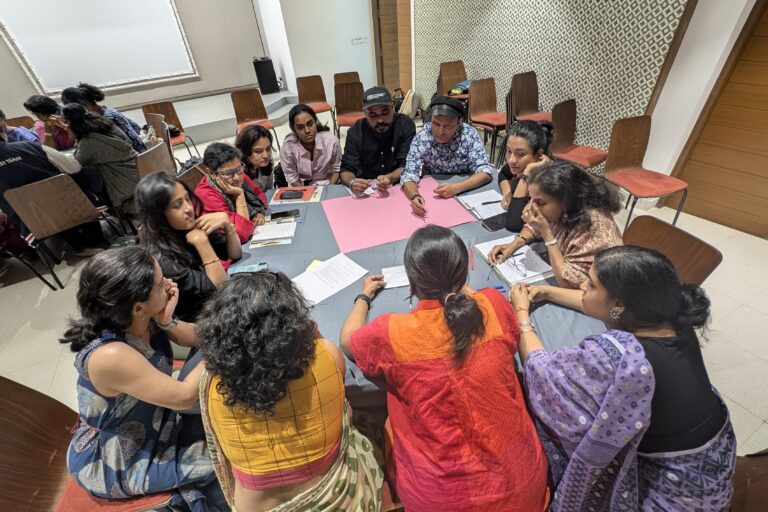
At the CEN’s first climate summit in January 2025, the collective realised the need to build regional hubs to bring in the local context in climate education. Together, they have started developing projects in Maharashtra, Bengaluru, Tamil Nadu and West Bengal. They are collaborating with state-level policymakers to develop a sustainable roadmap for environmental literacy in various forms. “Climate change is deeply local. It looks different across regions, districts, and communities, depending on where people are placed in society. That’s why we are thinking in terms of regional hubs, not centralised solutions. We need to come together as a community to figure this out,” stresses Sunayana Ganguly, co-founder of the Climate Educators Network.
For instance, the Bengaluru hub consists of a collective of organisations that are collaborating to develop a non-formal education programme based on the issues identified in the Bengaluru Climate Action Plan. In a separate initiative, CEN and Asar, along with a few other organisations like WRI-India, Children’s Movement for Civic Awareness (CMCA), and Thicket Tales, are working with the city’s climate action cell to develop a non-formal, activity-driven curriculum that aims to enable students to engage meaningfully with climate resilience through their schools.
In Maharashtra, CEN is taking a ground-up approach. The team of educators is planning a “listening activity” with zila parishad schools in districts such as Beed and Raigad. The activity focuses on understanding educators’ perspectives on climate change — their thoughts, what they feel they need to learn, and the questions they have about teaching climate action. Phatak adds that in West Bengal, the hub has shown interest in compiling indigenous mitigation and adaptation knowledge, whereas the conversations in Tamil Nadu are still shaping up.
“It (Tamil Nadu) is the first state in the country to make an iconic allocation of ₹ 24 crores for climate literacy. Our strategy here is not just to enable ground-level conversations, but also to ensure this financial commitment isn’t squandered,” says Phatak.
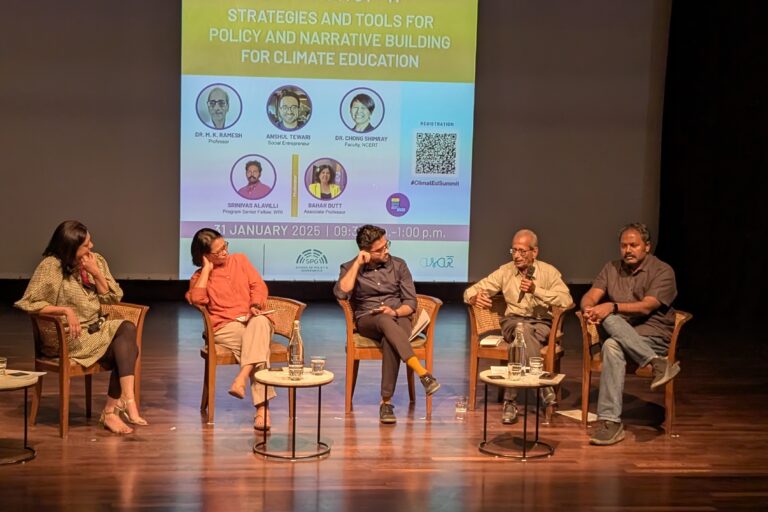
Reimagining climate education as an experiential activity
Embedding a climate change lens into the curricula to inculcate a systematic understanding of the problem is one part of the solution. The other is to upskill and make teachers confident about teaching and integrating climate change into subjects across disciplines. “Our job is to show possibilities of integrating climate education into all subjects. It’s not about junking textbooks, but about rethinking pedagogy. For example, if there’s a chapter on heat, why not replace some of the dense information with five engaging activities? Activities that empower kids to understand heat locally and globally, advocate for heat protection, and connect it to real-world systems — instead of just memorising which year was the hottest or revisiting thermodynamics,” says Phatak.
Heeta Lakhani, founder of The ClimAct Initiative (TCI) — a youth-centric nonprofit working at the intersection of climate education, leadership, and action — has engaged with climate education for children aged from five to 14 years. She shares that experiential activities, such as games or rhymes, help break down the complexities of climate change into bite-sized information.
In one of the experiential activities for the Green Warriors programme at a school in Manipur, the students engaged in role-playing to decode the impact of pollution and deforestation on the local ecology. The play centred on the proposed construction of a new mall in their neighbourhood. As the children stepped into their roles, the storyline unfolded to explore issues of development and employment, while also highlighting the consequences of deforestation and pollution.
“This activity was for class seven students. Before they entered into the act of role-playing, we discussed the likely impacts of building a mall in their small village. It was quite fascinating to see how, with a little nudge, they started discussing the pros and cons of the impact the mall will have on their lives,” Lakhani tells Mongabay India.
Training teachers
Some schools are also working to support teachers in the process. Manjima Chatterjee, Head of Sustainability Programs, Shiv Nadar School, says that their school has actively supported teacher upskilling to simplify climate change education and make climate education more relatable and engaging. “We look at the problem of climate change as a whole and encourage students to approach it using multiple perspectives arising from different disciplines. This is reflected in the projects students have undertaken in Middle and Senior Years, including clean energy solutions, drought mitigation initiatives, and pollution mitigation initiatives,” she says, adding that teachers have attended forums like Greening Education for a Sustainable Future by Mobius Foundation and sessions with educational experts to up-skill.
The jargon-laden climate science makes the subject rather intimidating, which is why training teachers on a large scale could help accelerate the process of integrating climate literacy into mainstream education. “Right now, we are supporting individual teachers and schools, but with state directives, we can scale climate literacy through training programmes. Teachers don’t need to be climate experts—the idea is for teachers and students to learn and act together. It’s less about expertise and data and more about paying attention to and connecting with the landscapes we inhabit. It’s about understanding the dynamic systems like waste, energy, soil, ecology and water that we are collectively embedded in,” says Ganguly.
Read more: Addressing climate vulnerabilities in a conference of panchayats
Banner image: Children in Laitmawsiang, Meghalaya. Representative image by Rajesh Dutta via Wikimedia Commons (CC BY 2.0).

























